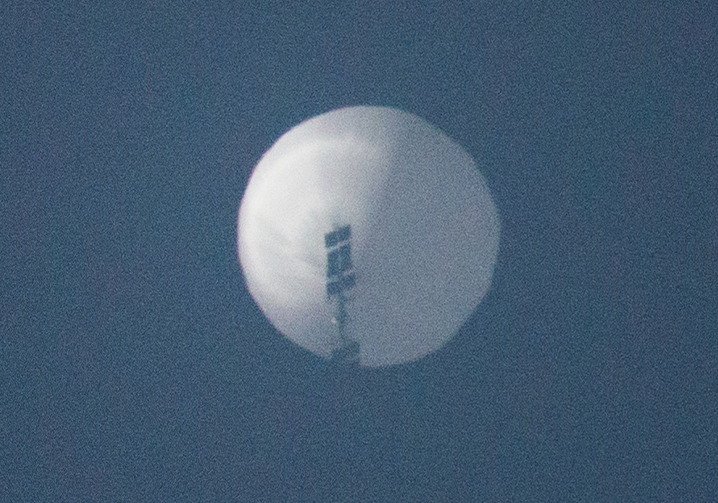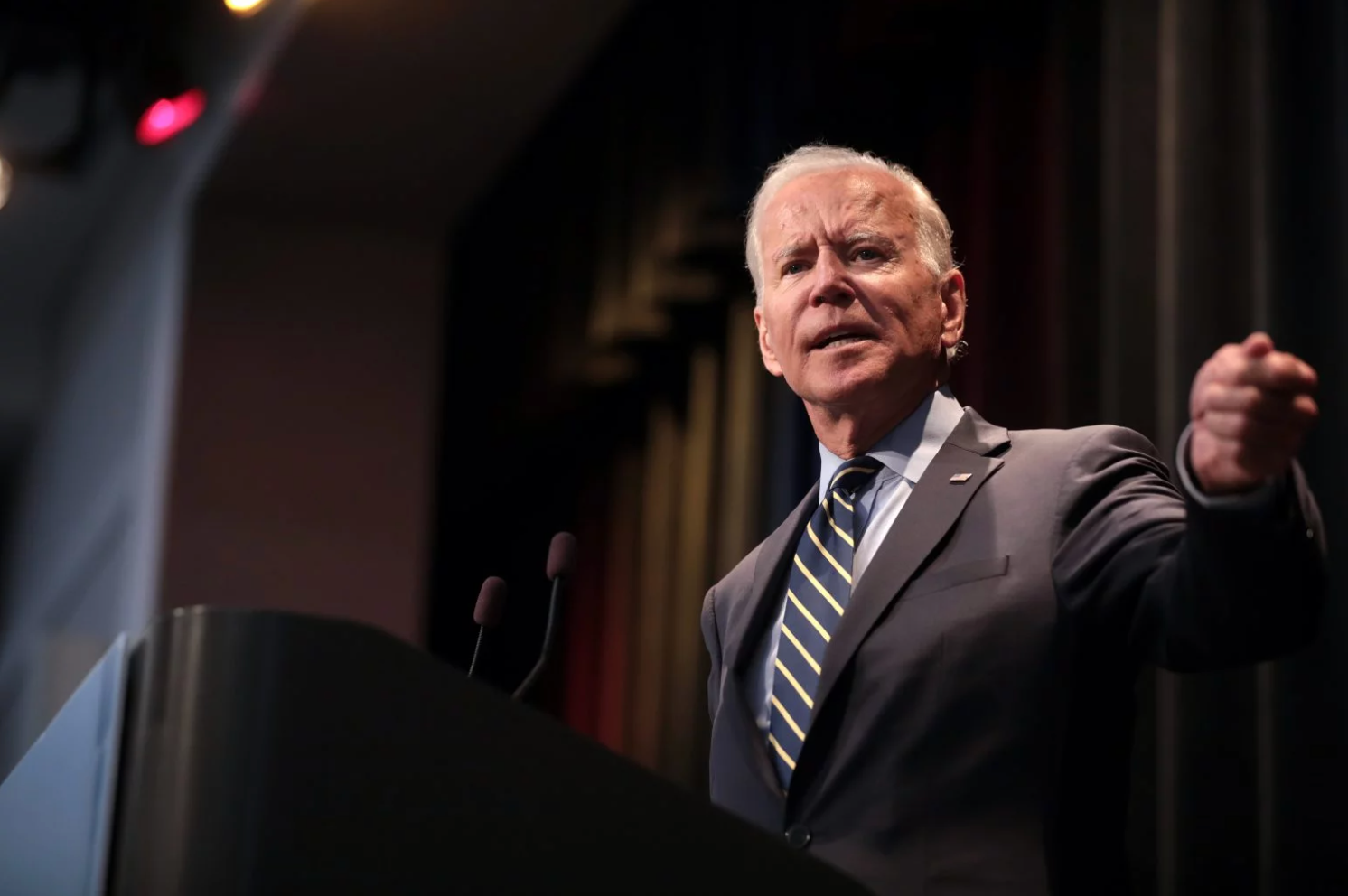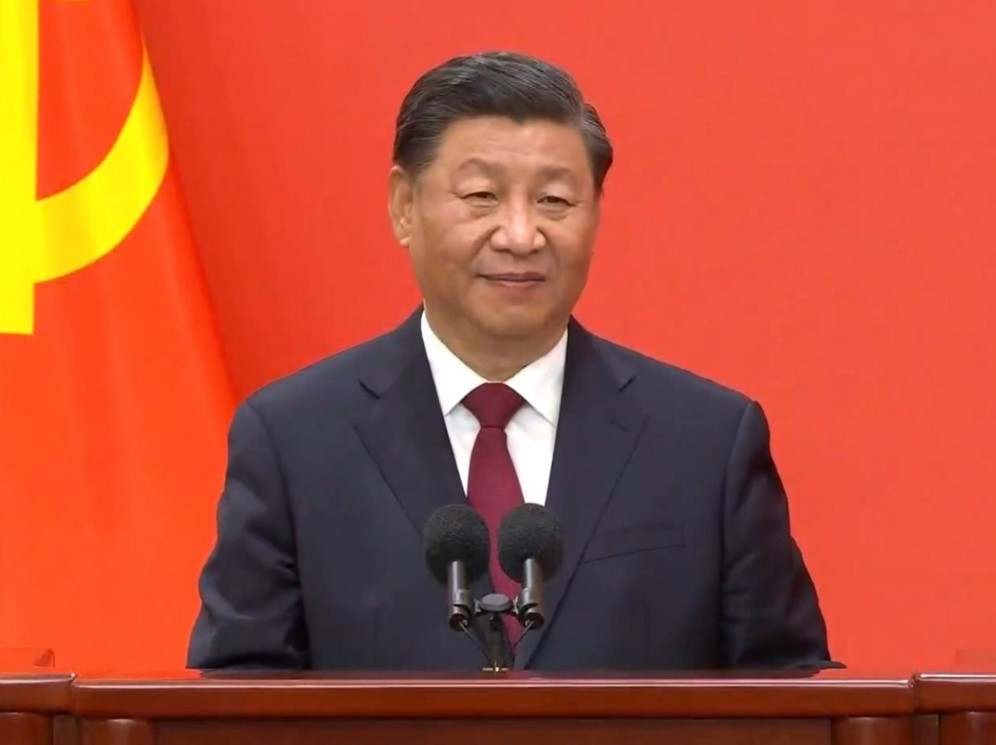
In early February of 2023, citizens of the United States—”land of the free and home of the brave”—are told that they have a new menace to fear. Is it a nuclear-armed stealth drone? A killer robot that invades your home? Or a cyber attack that takes away your savings and steals your identity? The truth is far more terrifying: a balloon from China! For weeks, a bright white spy balloon, visible to the naked eye from the ground, loomed above the world’s most powerful empire. Following the lead of the White House, world politics reeled in terror beneath its terrible shadow.
It is hard to understate the absurdity of the wave of hysteria over a balloon (and, later, other ‘Unidentified Flying Objects’) that the western imperialist powers and their media machine drummed up in the ensuing weeks.
A story full of holes
The balloon was first brought to public attention as it floated above Montana. The U.S. state and media raised a cacophony: they had no idea what it was, why it was there, what data it was collecting, but they knew this Chinese balloon was a threat to national security! The Bush-era excuses for the invasion of Iraq—the threat, as Donald Rumsfeld termed it, of the “known unknown”—was making its comeback. This time, it was the turn of the Democratic administration of Joe Biden to defend the Free World.
The U.S. Air Force eventually neutralised the menacing threat by dispatching a $200m F-22 fighter jet, which punctured its target using a $380,000 missile. But the anxiety only seems to be inflating. Days later, more UFOs were sighted and popped. The many unanswered questions compelled the White House press secretary, Karine Jean-Pierre to confirm that these objects were not extraterrestrial in origin.
It is no secret that all capitalist nations spy on each other. China is surely spying on the U.S. to one degree or another, often surveying dissidents operating abroad. Nor is it a secret that modern China has all sorts of technologies at its disposal to gather intelligence on its adversaries. It can use satellites, cyber espionage, rapidly-deployed drone technology (one recent breakthrough was announced about a drone that can both operate in the air and underwater). Given this repertoire of stealthy kit, why would a brightly coloured balloon, the width of three buses, be its instrument of choice?
Arthur Holland Michel from the Carnegie Council for Ethics in International Affairs, one of the foremost foreign policy think tanks, offers a truly head-scratching opinion:
“It’s possible that being spotted was the whole point. China might be using the balloon to demonstrate that it has a sophisticated technological capability to penetrate U.S. airspace without risking a serious escalation. In this regard, a balloon is a pretty ideal choice.”
Of course! They are launching spy balloons that are so obvious they are supposed to be identified! Truly a breakthrough in modern espionage!
If these balloons were floated into U.S. airspace intentionally, it is hard to believe this was a technological demonstration. One could perhaps believe that this was an exercise in making U.S. imperialism look ridiculous—in that it certainly succeeded!

And the allies of the U.S. have demonstrated that you don’t have to wait for a balloon to enter your own airspace before you lose your head and make a fool of yourself on the world stage. Britain and Japan both sounded panicky notes over Chinese spy balloons potentially floating their way. And Ukraine is now claiming that Russia—copying the state-of-the-art technology pioneered in China—is now using balloons to distract its air defences… truly we are dealing with evil masterminds here!
Alternatively, might this not have been an accident? For its part, the Chinese regime has been attempting to thaw relations with the U.S. by a degree or two recently as its internal crisis bites. It is eager to avoid being cut out of the market for high-tech components. This balloon has burst those hopes. Secretary of State Antony Blinken decided to postpone his planned diplomatic trip to China soon after the appearance of the first balloon—a trip viewed by many as crucial to easing escalating U.S.-China tensions.
It’s wholly possible—probable even—that the top leadership of the Chinese regime was as surprised by the appearance of these UFOs in U.S. skies as anyone else. The official story of the Chinese regime is that the balloon the U.S. shot down was a weather research apparatus that had blown off course. Of course, no one should take the words of Zhongnanhai at face value, but this explanation was promptly rejected by U.S. media, again without justification. China has, in turn, accused the U.S. of sending balloons into its own airspace.
Embarrassingly, after days of hysteria, some among the U.S. media seem to be changing their tune. On Feb. 14, The Washington Post reported that U.S. agencies had actually been tracking the movement of the balloon since it lifted off from Hainan Island as early as January, when the Americans themselves also expected it to not fly into the U.S. mainland. The article also made an important admission:
“This new account suggests that the ensuing international crisis that has ratcheted up tensions between Washington and Beijing may have been at least partly the result of a mistake.”
This incident may indeed have been a mere accident. But as Hegel once explained: necessity often expresses itself through accident.
Deflating power and a destabilizing world
U.S. imperialism is in relative decline, and the U.S. ruling class knows it. At the top of this declining empire, the Biden administration feels insecure in its position. The U.S. working class is showing renewed appetite for struggle against the rising cost of living, while distrust against the political establishment is at an all-time high. Biden now has a 52 per cent disapproval rating, not exactly a position of strength for his likely reelection bid. The Democrats have lost their majority in the House of Representatives, and with the Republicans howling about China, with Sen McCarthy threatening to make a visit to Taiwan this year, Biden is unable to throw up an opportunity to ‘look tough’.
In this context, raising hell over a balloon and presenting its demise as some sort of major military victory is an (albeit farcical) way for Biden and U.S. imperialism to project an image of confidence. On Feb. 16, Joe Biden sternly declared that he makes “no apologies for shooting down that balloon,” cutting less of a ‘tough’ figure and more a ridiculous one.
To be sure, the U.S. is still a very long way from being eclipsed by China as an economic or military power. China remains encircled by U.S. bases, the number of which is growing, as the latter recently secured new deals with the Philippines. For the U.S. to complain of Chinese espionage or ‘aggression’ is the height of hypocrisy. For true parity to be achieved between the U.S. and China, the Chinese would need to deploy bases along the U.S. border with Canada or Mexico, while also deploying aircraft carriers along the East and West Coast with impunity.
However, China is also a burgeoning imperialist power with its own aspirations. One of its main objectives is to break out of the straitjacket that the U.S. island chain places upon its access to the Pacific.

Within this, the question of Taiwan is a particular focal point. It is also a part of Xi Jinping’s nationalist agenda to ‘unify’ the country: an important distraction with the Chinese working class beginning to increasingly chafe against the CCP regime as China’s own capitalist crisis deepens.
This is precisely the reason why Xi Jinping unveiled China’s intention to strengthen its military: to better assert its own power and potentially, gradually build the capacity to attack and annex Taiwan, which he presently lacks.
The U.S., of course, will not stand idly by as China challenges its dominance in the region. It seeks to curb China diplomatically and economically. Its tactics became more brazen and hysterical during the Trump administration, and Biden has done little to change course. Aside from economic warfare through sanctions, the U.S. aims to place pressure upon China at every possible occasion in an attempt to assert U.S. dominance. The incessant taunting and fear-mongering about China over sensitive issues like Taiwan are part and parcel of this strategy.
For its part, China has had to hold back in the face of these provocations, as it is indeed in no position to clash directly with the U.S. For now, it resorts to hyperbolic snarls at the U.S. on the diplomatic stage, and responds with its own protectionist measures.
These escalating tensions help explain the need for the world’s mightiest imperialist power to raise hysteria over a simple balloon over its skies.
We should also note that, as a dictatorial regime whose chief concern is to maintain its power over the working class within its domain, there is no better gift to Xi Jinping than threats from China’s main imperialist adversary, which can be used to suppress dissent at home in the name of “defence of the fatherland”.
All the sabre-rattling on both sides is done in the interests of the ruling class in their respective countries, which (humour aside) pose a very real threat to the lives and wellbeing of countless workers and the poor throughout the world, toiling under a decaying and increasingly irrational capitalist system.
The U.S. working class should not fall for the nonsense pumped out by their state and media, but clearly see the imperialist calculations behind them and also the growing ineptitude of their politicians in defending an indefensible system.
Workers of both China and the U.S. should steadfastly aim their sights at their own ruling class, and answer their escalating spats over markets and spheres of influence with a determined class struggle, with the aim of taking power into their own hands and beginning the task of building socialism.

